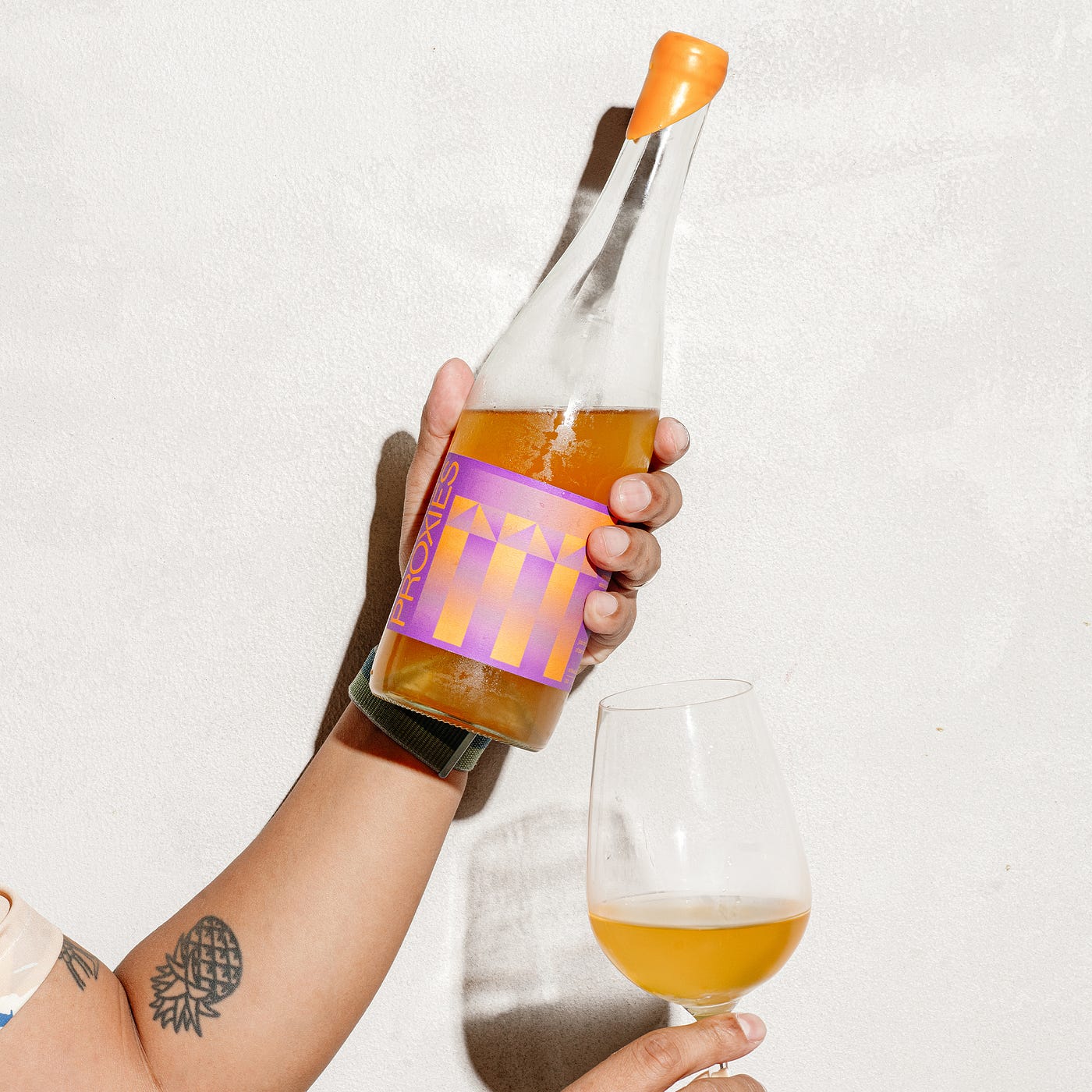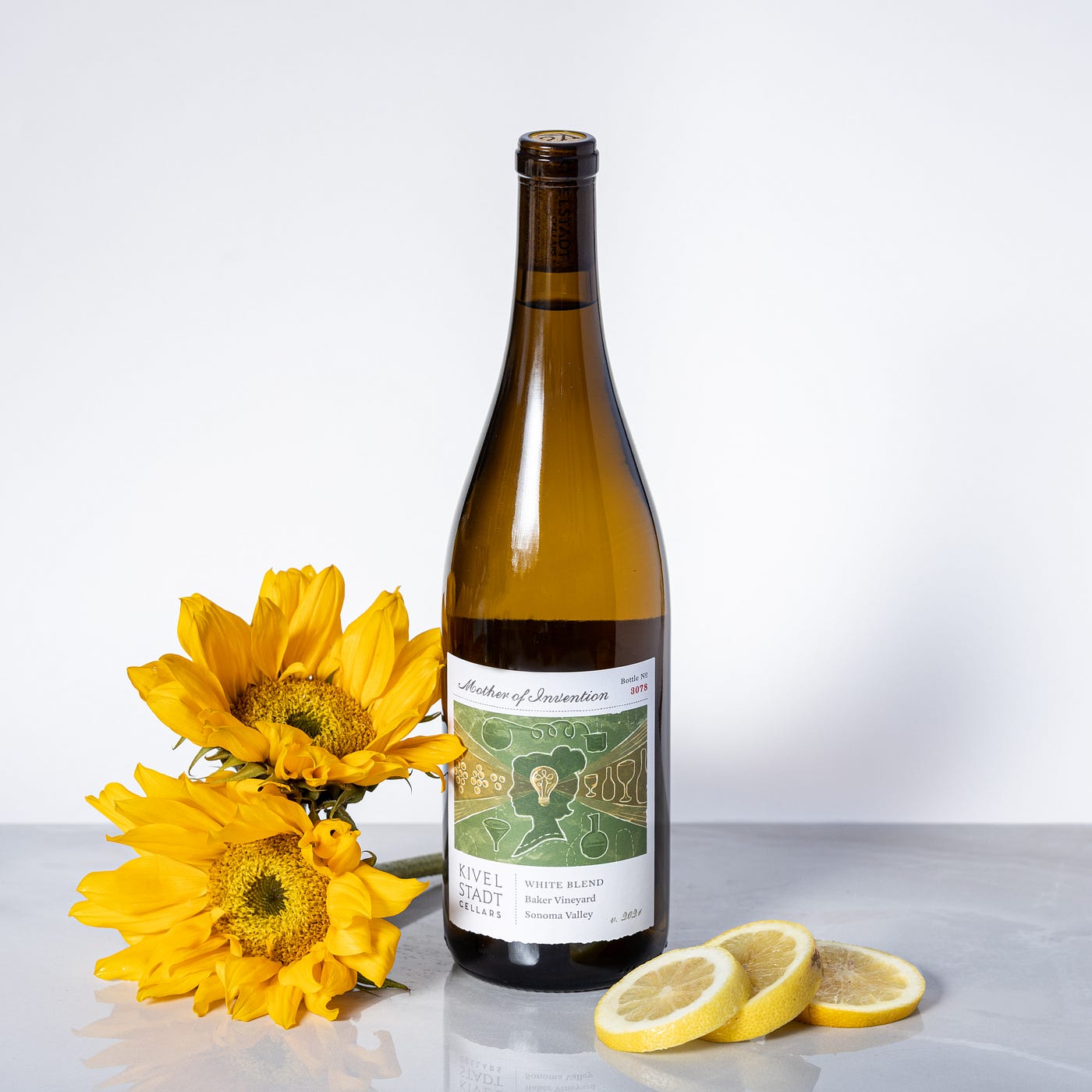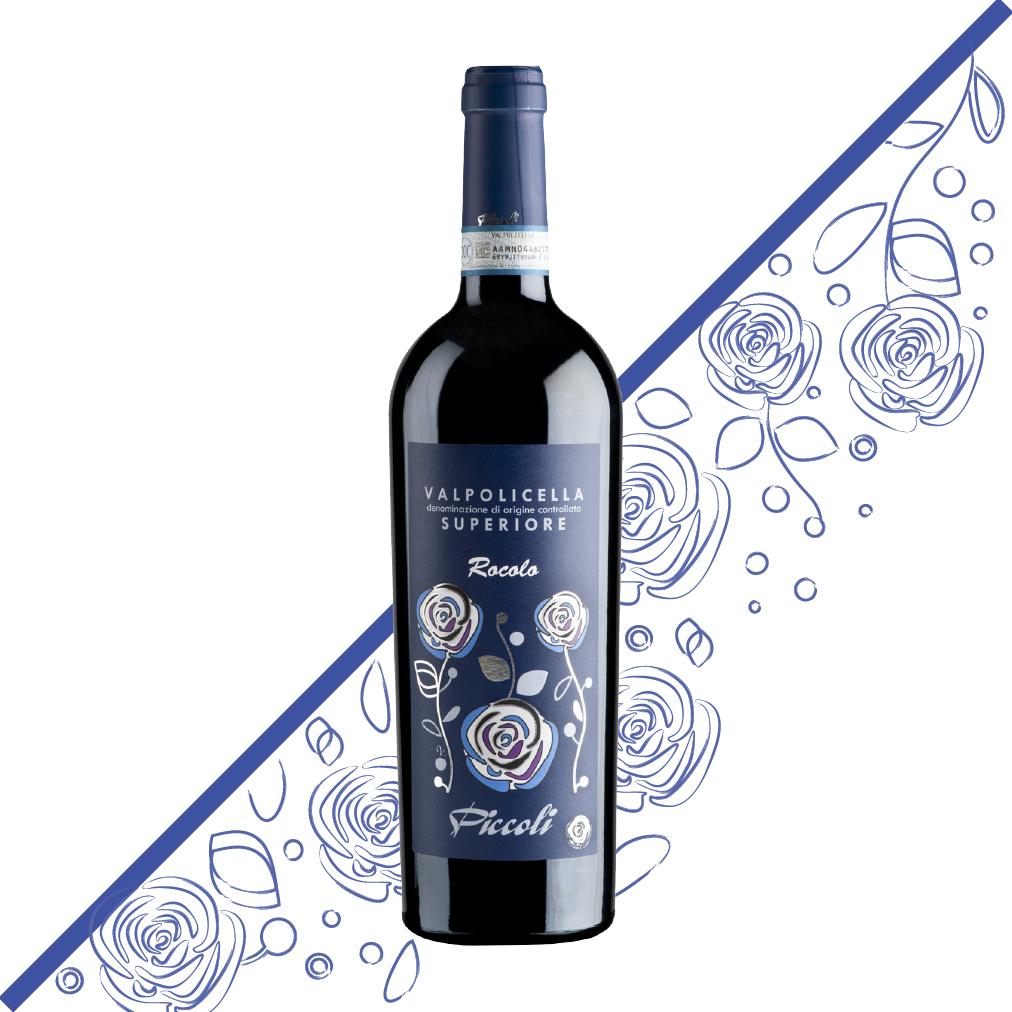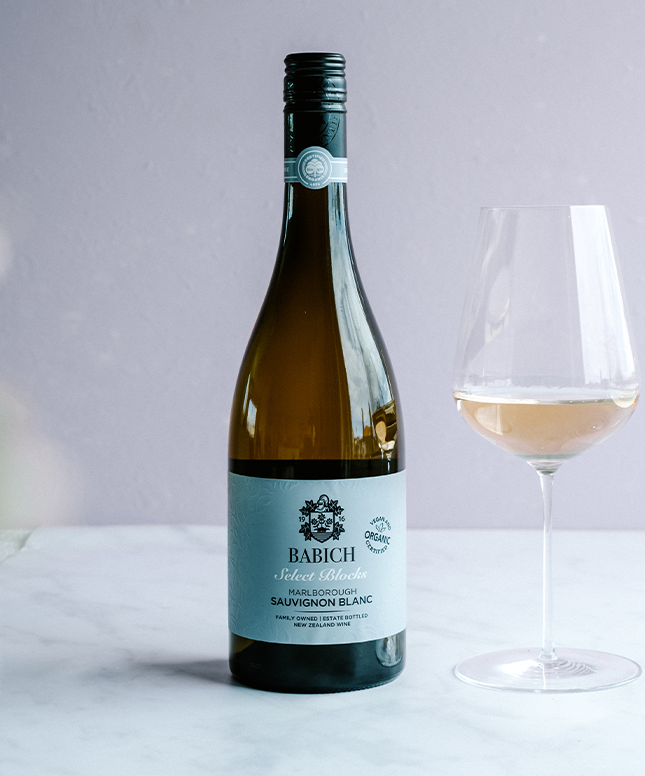From sparkling celebratory wines and Champagnes to crisp wintery whites, bracing reds to non-alcoholic wines, I’ve got 15 bottles to suit a range of palates, meals or occasions as we dive into the holidays and usher in a new year.

BUBBLY CELEBRATIONS
Champagne Charles Heidsieck Brut Reserve
New Year’s (and beyond) call for Champagne and Champagne Charles Heidsieck Brut Reserve is a more affordable ($80) actual Champagne option, celebrating the bicentenary (two-hundredth anniversary) of Charles-Camille Heidsieck’s birth. This Brut Réserve cuvée is a blend of various plots of land and is 40% Pinot Noir, 40% Chardonnay, 20% Meunier, exuding brioche-toast, ripe fruit and nutty goodness.
Hammerling Massa Vineyard “Always for Pleasure” Sparkling Chenin Blanc
I just tasted this special wine at modern Moroccan Mourad restaurant, thanks to wine director/sommelier José Delgado. 2021 Hammerling Massa Vineyard “Always for Pleasure” sparkling Chenin Blanc (with 15% Chardonnay) from Carmel Valley is a gorgeous CA sparkling for the wine geeks among us. Vibrant with stone fruit, pear and citrus notes, it’s elegant yet youthful.
PEJU Winery’s Sparkling Province
Tony and Herta Peju have been Napa Valley wine pioneers since the 1980s, with Tony known as “the Father” of custom crush and direct-to-consumer wine marketing. Still family-owned, PEJU Winery’s first PEJU Sparkling Province ($45) is a new chilled red, ideal for the holidays. This proprietary red and white blend (similar base to their popular still Province, but with lower alcohol levels) exudes cranberry and cherry tartness, vivid with orange zest. You can pair this with everything from sushi to spicy dishes.

The Prisoner Wine Company’s Unshackled Sparkling
The Prisoner Wine Company’s unsettling prison-themed labels and decor in Napa Valley aside, their Unshackled Sparkling ($26) is an affordable brut-style sparkler of chardonnay and pinot noir. With notes of green apples and Asian pear, it’s lean, crisp and mineral, this crushable wine is easy to pair with a range of foods.
Thacher Winery & Vineyard Pet Nat Rosé
Thacher Winery winemaker Sherman Thacher hand-harvests with unfiltered and whole cluster wines in the mix on his family’s Paso Robles ranch. While I struggled with the oak on some of the whites (Chenin Blanc) and reds (Zinfandel), I appreciated their more lean Viognier and found their 2021 Pet Nat rosé (a 50/50 blend of Grenache and Cinsault grapes) a zippy, subtly sweet hit of strawberry and tart candy.
QUALITY NON-ALCOHOLIC WINES
Lili Sparklers
Collaborating with sommeliers, chefs and scientists, the Lili team sought to create complex, crushable non-alcoholic wines for wine lovers everywhere. Their Golden, Rosé and Ruby Sparklers are sold in both bottles and cans, with festive, bold packaging. The dry Golden imparts citrus, jasmine, mint and apple, the Champagne stand-in. Rosé covers the Brut Rosé side of things with notes of strawberry and melon (naturally colored by hibiscus). Ruby is kin to a chilled, sparkling red with a hit of cherry, tart cranberries, toasted oak and acidic verjus. The whole line is a delight and makes a fun display at parties.

Proxies Vinta
Proxies Vinta is a non-alcoholic orange wine collaboration between Proxies (from Acid League) and James Beard Award-winning sommelier and wine director of Pinch Chinese in NYC, Miguel de Leon. Their latest bottle, Vinta, launched October 2022, inspired by orange/amber wines in taste and texture and by Miguel’s Filipino roots. A Riesling grape juice base is enhanced with orange marmalade, pineapple and orange juices, lemon vinegar, black teas and common Filipino ingredients like pandan leaf and holy basil. The color evokes skin contact wine and the acidic, robust flavor profile is best with a wide range Asian cuisines. While the caffeinated tea element is a rough one for us insomniacs — all too common in many non-alcoholic wines — from packaging to flavor profile, Proxies is an exciting newcomer in the NA wine world, evoking beloved natural wines.
WINTERY WHITES
Affordable Alsace Whites
Any true wine lover knows whites from France’s Germanic region of Alsace are some of the best whites in the world: and coming from snowy, alpine regions, are as ideal with hearty, wintery foods as they are with light seafood dishes and the like. There are affordable Alsatian whites for every day, which also work for celebratory meals. Three I’m loving now: the lemony, aromatic notes of 2020 Willm Alsace Grand Cru Riesling (around $20), the stone fruit minerality of 2020 Domaine Emile Beyer Pinot Blanc Tradition ($18) and the pricier-but-worth it 2018 Domaine Ostertag Alsace Riesling ($31).

Kivelstadt Cellars’ White Blend & Sauvignon Blanc Cider
Kivelstadt Cellars & WineGarten is a Sonoma treasure, with a full-service restaurant (serving organic and local produce), winery and new this summer, a WineGarten in the town of Sonoma (complete with kid’s menu, play area and dog menu). Founder Jordan Kivelstadt’s natural, sustainability-grown wines are a delight, including the Mother of Invention ($35), a 50:50 blend of Marsanne and Roussanne grapes, with its full-bodied play of citrus fruit, floral and subtle anise notes. An unusual gem in the lineup? 2021 Kivelstadt Cellars Gravignon Blanc is a 50:50 blend of Gravenstein apple cider and Sauvignon blanc wine, apple-y and mineral, tasting like the season and Sonoma County, pairing with an array of foods.
WARMING REDS
Alto Adige Reds
One of my favorite white wine regions in the world, Italy’s gorgeous Alto Adige near the Italian alps, is a region I’ve been blessed to visit three times, visiting winemakers and restaurants. I especially take to the region’s brilliant, often ageable white wines, but the reds are no slouch. Two medium-bodied beauties for winter from Alto Adige (pronounced al-tow ah-dee-jay): 2020 Meran Kellerei Blauburgunder, a Pinot Noir “Vinschgau” from the Merano winery, aged in small oak barrels for roughly 6 months, emparting dark fruit (think cherries, black currants) with earthy dark chocolate, heartier than some Pinots yet still elegant and pairable with meats and aged cheese. 2021 Elena Walch Schiava exhibits more mild acidity and tannins with cherry-almond notes. It’s best chilled and thus a happy partner to a wide range of foods, from fish to burgers.

2018 Valpolicella Superiore Rocolo
The gorgeous 2018 Valpolicella Superiore Rocolo (grapes: Corvina 40%, Corvinone 25%, Rondinella 30%, Oseleta, Molinara and Croatina 5%) is a small production (only 7000 cases) red wine from Italy’s Veneto. After one month fermentation in stainless steel, it’s aged at least 3 years in French oak barrels with an extra few months in stainless steel tanks, then an additional 6 months in bottle before being released. The lush wine is complex with floral smokiness, red berries, wood, green eucalyptus notes, even acidic balsamico depth.
Kukkula 2018 Sisu and Aatto
Paso Robles winery Kukkula looks magical from the website, though I have not visited. Kevin (a self-taught, home winemaker since the 1990s) and Paula Jussila prepared for this winery since moving to California’s Central Coast in 2004. As organic dry farmers, they make estate grown, unfiltered wines like the 2018 Sisu and Aatto red wine blends ($65 each; I’m curious about their whites but have not tried them). With similar terroir to France’s Rhône region, their grape varieties are Rhône-centric: Syrah, Grenache, Mourvedre, Counoise, Petite Sirah, Viognier, Roussanne, Grenache Blanc as well as some Cabernet Sauvignon. The 2018 Sisu is a blend of Syrah, Grenache and Mourvédre; while the 2018 Aatto is a blend of Counoise, Grenache, Mourvédre, both under 300 cases, both aged 18 months in French oak with roughly 40% new oak. These are bolder wines for the full-bodied wine lover. The Sisu leans smoky and plummy with oaky notes, the Aatto holds a bit more acidic leanness, red fruit and subtle green notes (olive, herbs).

SUMMERY WINTER SIPS
Domaine Les Capréoles Coccinelle + Le Rosé d’Folie Beaujolais Rosés
The beloved Beaujolais region of France is famed for rosy reds that pair with most foods, from burgers to pizza. The region’s rosés follow suit, often featuring the same grapes. Jean-Paul Brun’s small production 2021 Domaine Les Capréoles Coccinelle Beaujolais Villages Rosé and 2021 Le Rosé d’Folie Beaujolais Rosé are zippy, strawberry-tart sips that pair as perfectly with Asian cuisines as they do with Western/European foods. Clay and limestone soils bring the minerality to these tart sippers that still exhibit bright fruit.
Anaba Turbine Rosé of Grenache
Whether you live in warmer climes (like I do, in a place that could be 55° one day, 70° another in the dead of winter) or you want a summery, breezy escape in the midst of snow covered vistas, Anaba Rosé of Grenache 2021 is an ideal choice. With lean salinity, it evokes ruby red grapefruit, rose petals and strawberry. The Sonoma, CA, producer sources grapes from warm valleys to cool climate mountainous elevations, keeping a welcome acidity to their wines, including the lean, mineral 2021 Turbine Chardonnay and zesty 2021 Turbine White Rhône Blend, both good year-round sips.
Babich Wines Sauvignon Blancs
Though I weary of Sauvignon Blanc more than any other white varietal, family-owned Babich Wines in New Zealand since 1916 makes lean, refreshing, affordable Sauvignon Blancs sure to delight Sauv Blanc fans. I have not tried their range of other whites and reds, but appreciate the family pioneering sustainable winemaking in NZ, now certified sustainable for their water conservation, composting, earth care and donations to charities like the Surfrider Foundation. Their organic blocks Sauv Blanc leans towards minerality and melon brightened by lime zest, while the classic Sauv Blanc exudes stone fruit, green apple, citrus and a whisper of herbaceous notes.







